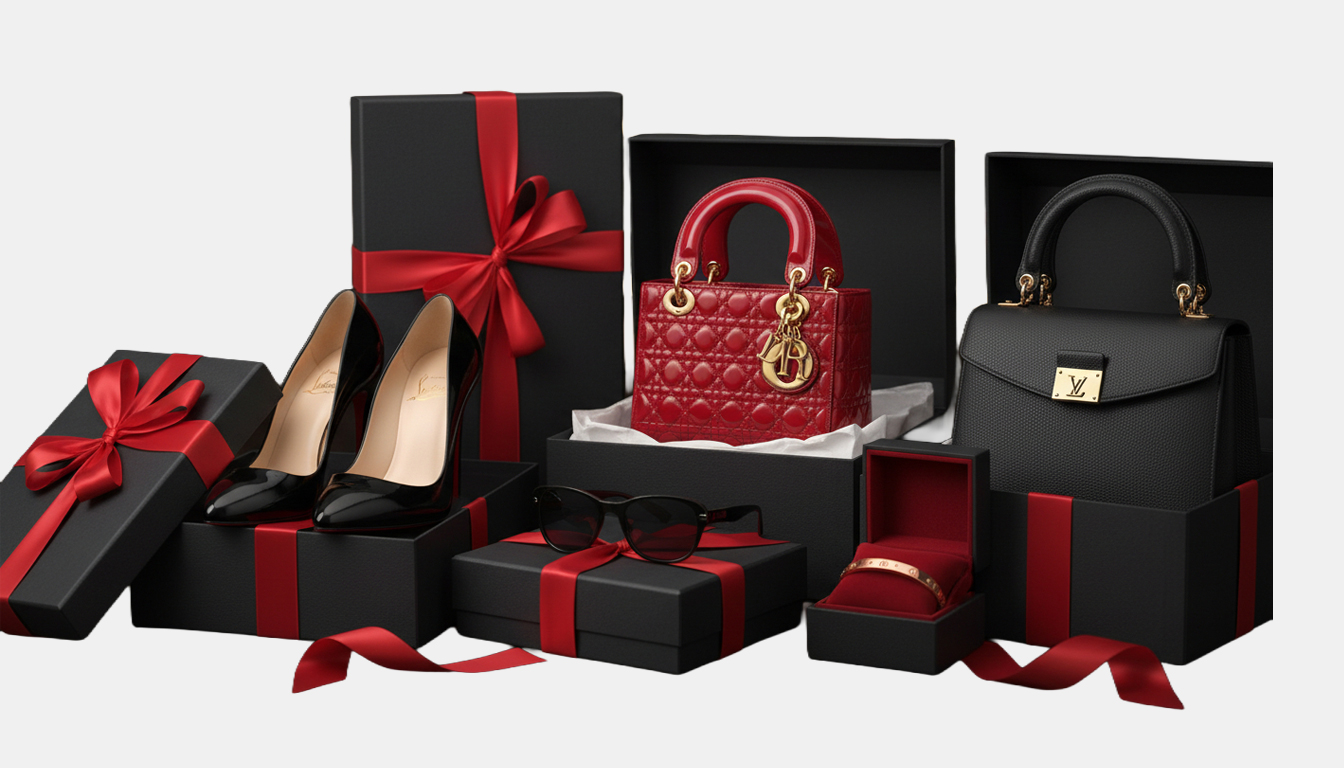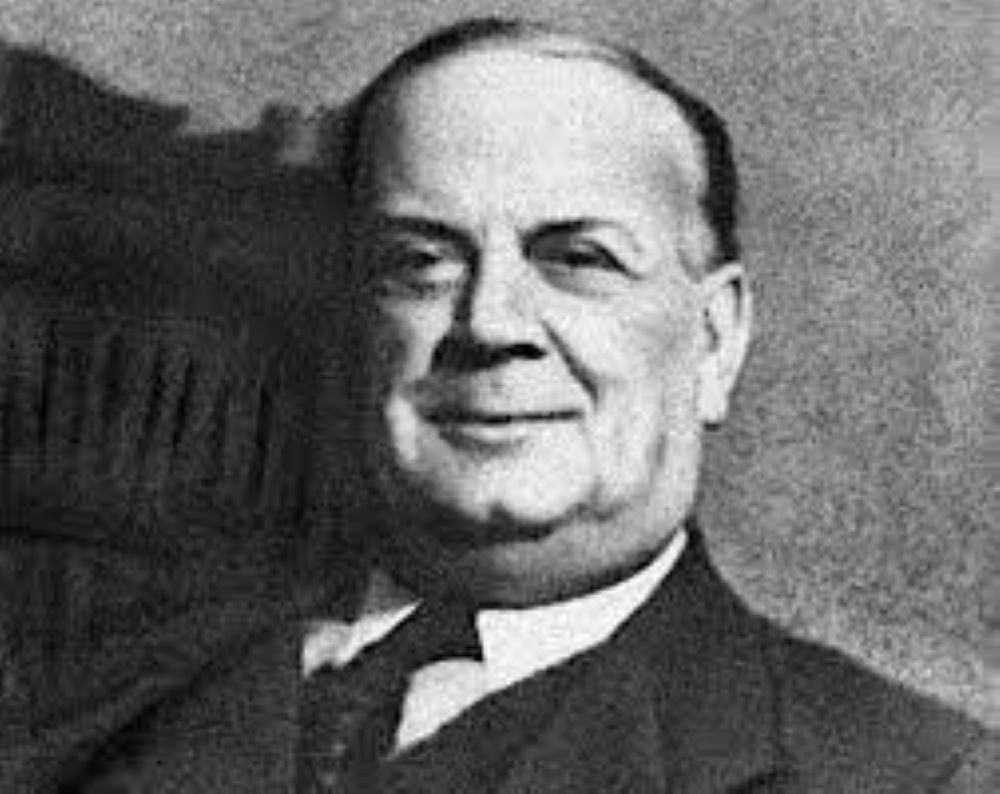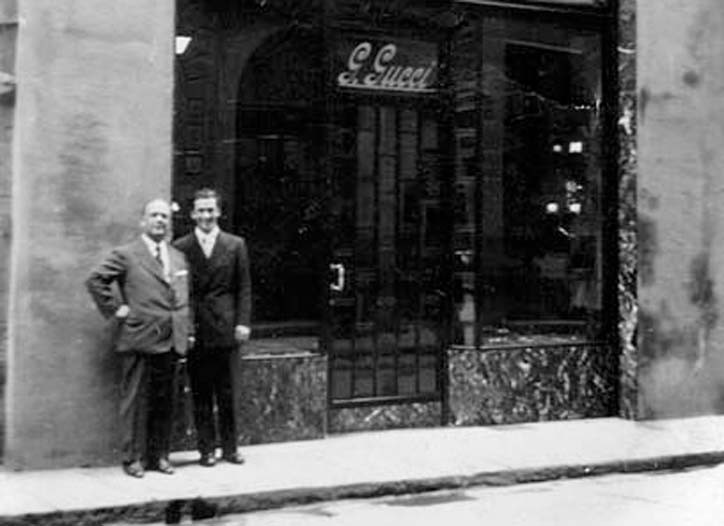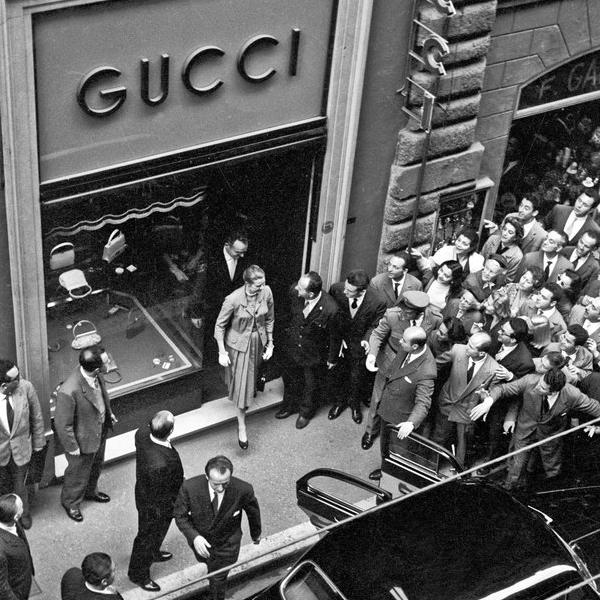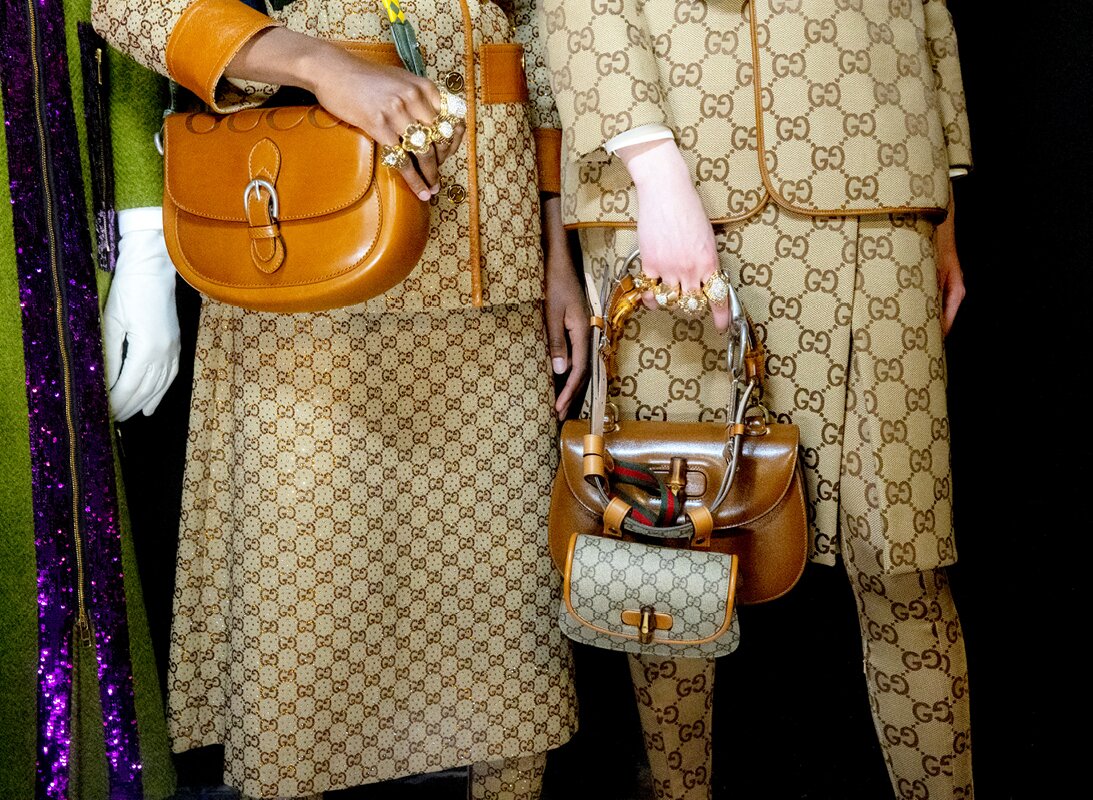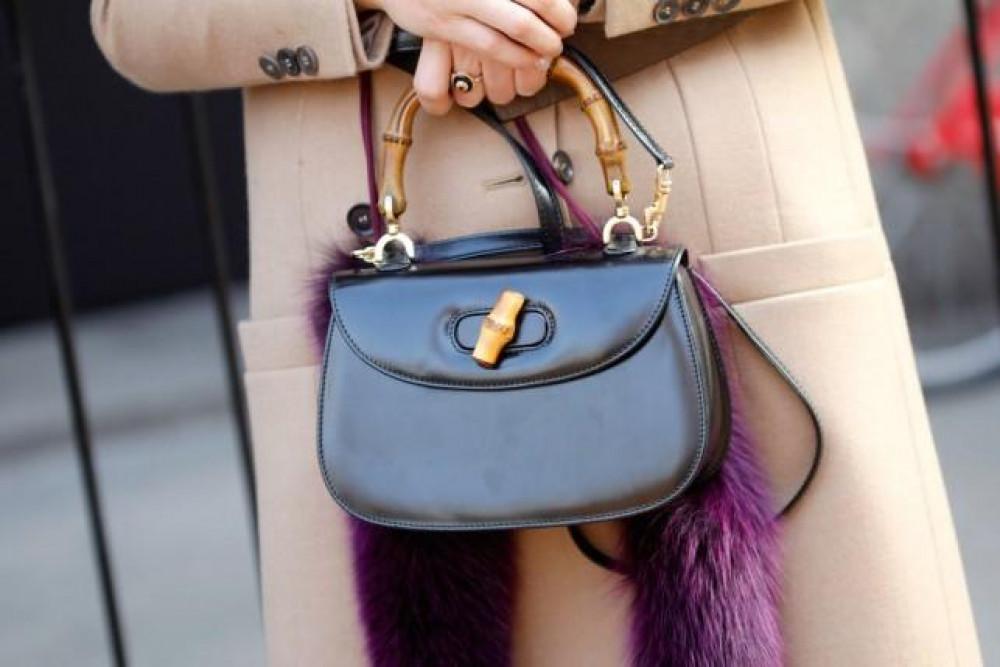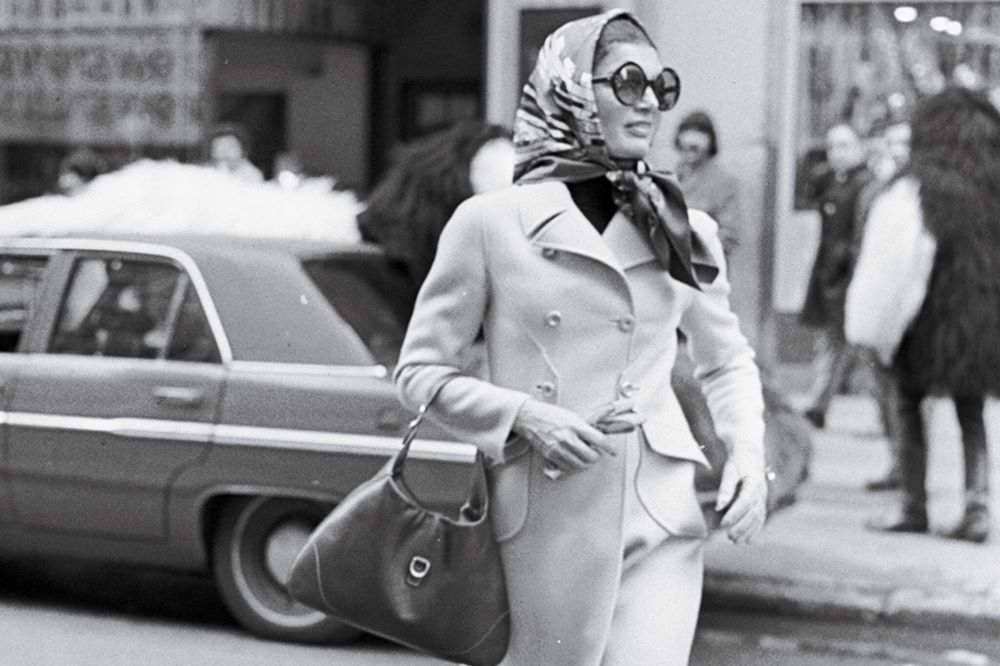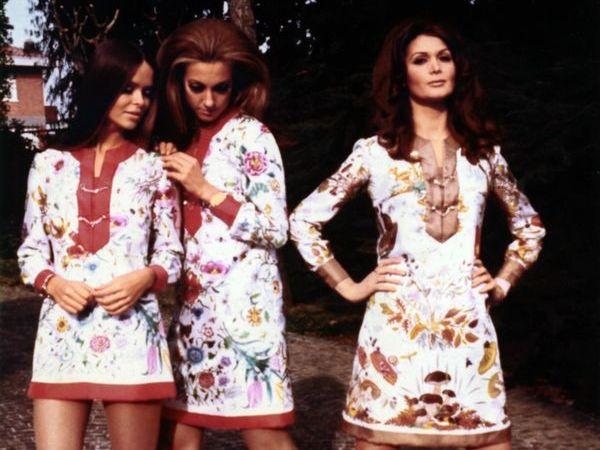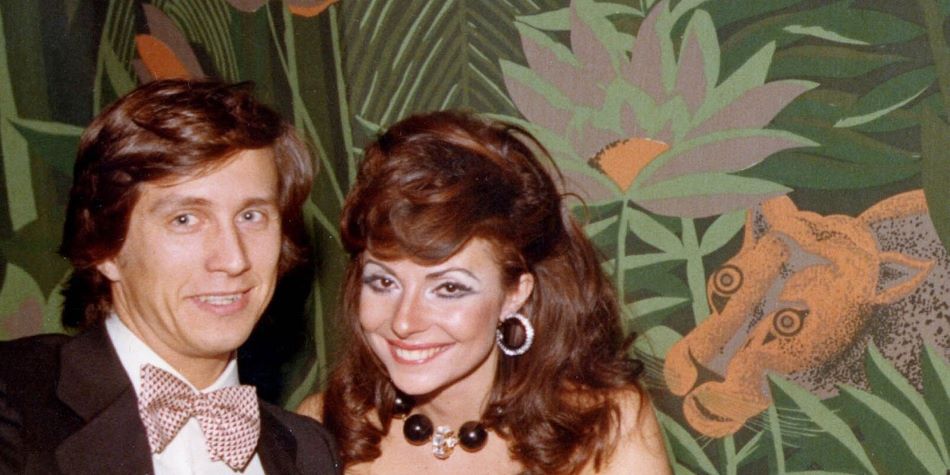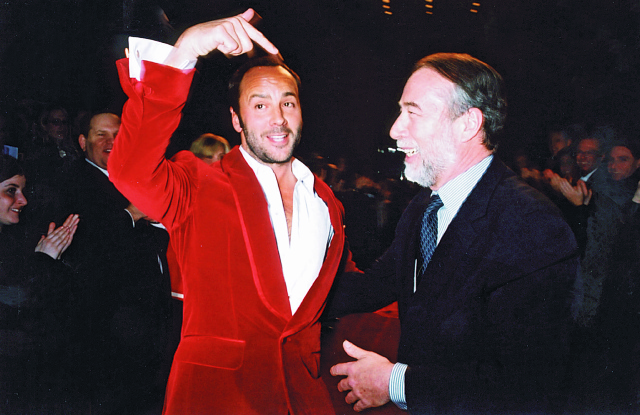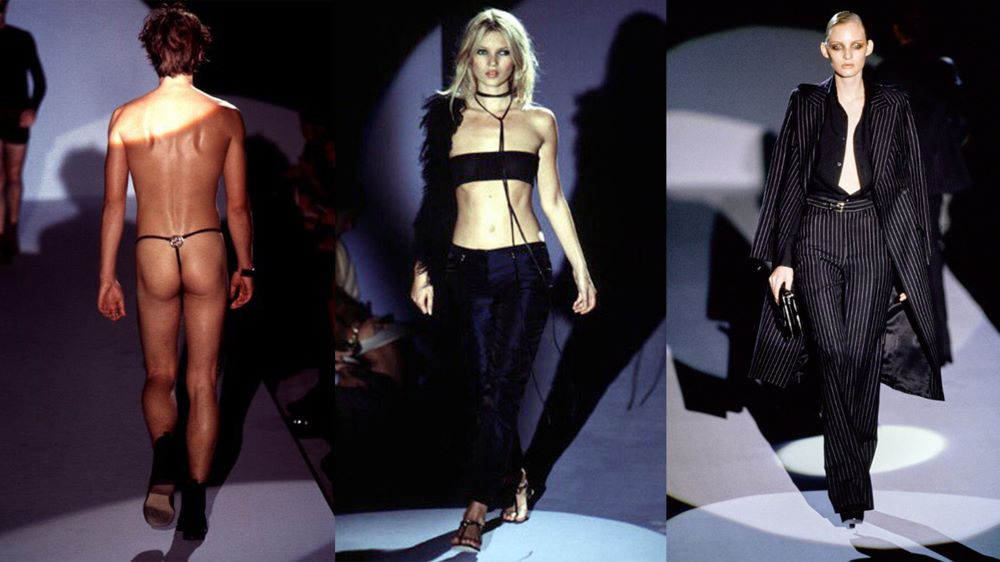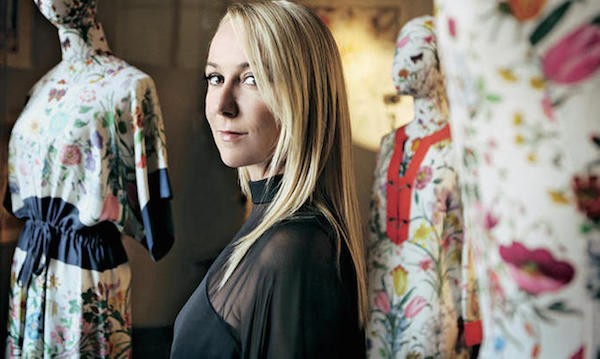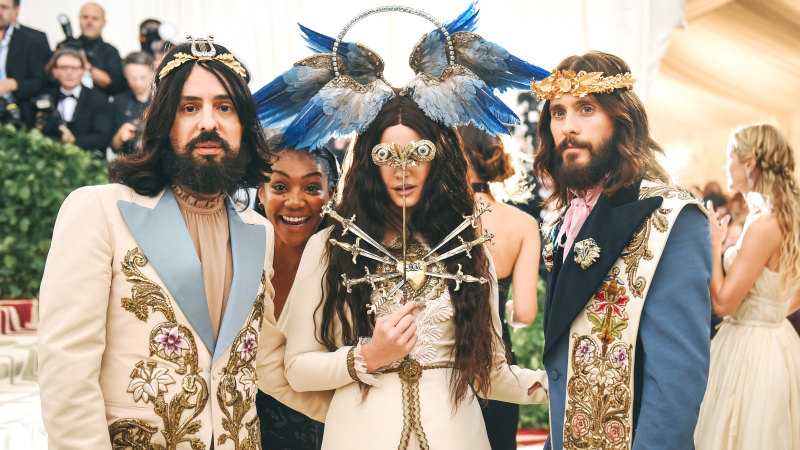The History and Evolution of Gucci
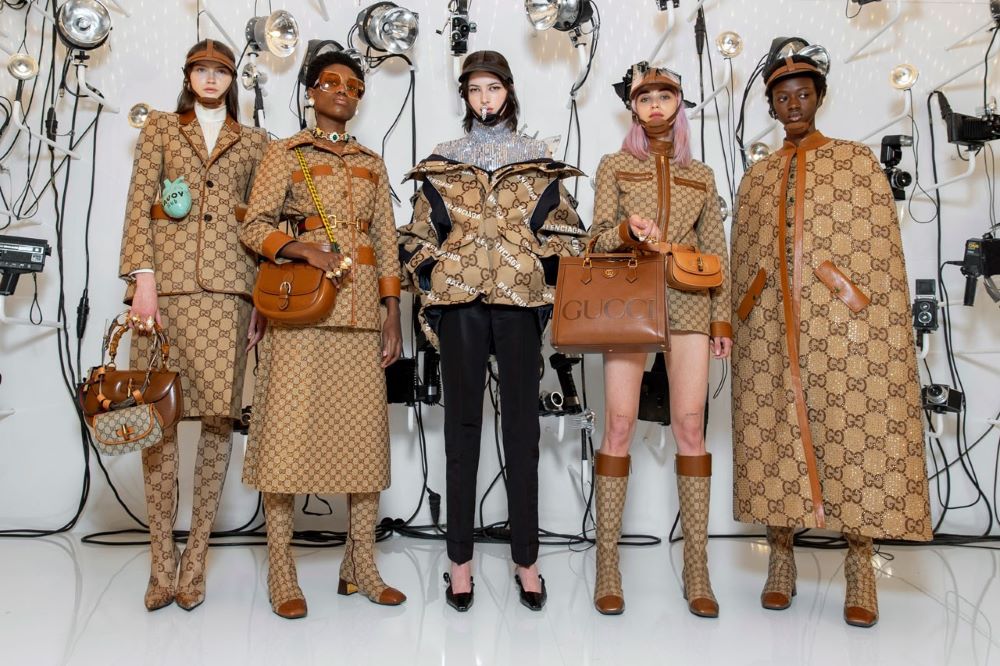
When you think of the best high fashion labels in the world, glorious Gucci will certainly be in your top 3. However, the brand was not always the picture of success it is today.
Keep reading to find out how Gucci climbed to the top from humble beginnings.
Guccio Gucci’s Early Beginnings
Guccio Gucci was born in Florence, Tuscany on 26 March 1881 to a family of humble Italian leather craftsmen.
In 1899, when he was old enough to contribute to the family funds, Guccio started working as a bellboy at the prestigious Savoy Hotel in London. It was here where he became starstruck by the jet setters from all over the world, carrying their luggage in and out of the hotel. As it was his family trade, Guccio mulled over the idea of providing these upper-class folk with fine Italian leather luggage. He then voyaged back home to work for an Italian leather goods company called Franzi. That is until he broke off to start his very own company years later.
The Start of Guccio’s Very Own Business
In 1921, Guccio founded the House of Gucci on Via della Vigna Nuova in Florence, Italy.
The business started as a small family business that mainly sold authentic leather goods and travel gear. However, as business picked up and word spread worldwide about the famous Italian leather goods company, Guccio branched out to equestrian equipment too. Hence, where the famous horsebit symbols originated.
The Brand Expands
In 1938, Guccio expanded his business to a second location in Rome. He also employed his sons, Aldo, Vasco and Rodolfo to hold the reins down while the business boomed.
Leather Losses Turn Into Wins
During, the 1930s, leather was in short supply due to the League of Nations embargo against Italy. The Gucci’s were forced to explore other available textiles, which led to the creation of the iconic Gucci GG interlocking diamond pattern canvas.
More Creative Inventions
The iconic Bamboo Bag was born under similar circumstances in 1947; Gucci artisans were scrambling to find materials towards the end of World War II and discovered that they could use Japanese bamboo to craft unique bag handles. Created with a unique and patented method, these burnished bamboo handles (which are saddle-shaped) became synonymous with the brand.
As leather and other materials became more abundant, the Gucci sons experimented with more textiles. Aldo Gucci created the first pigskin bag which later became a brand staple and by 1951, the famous green-red-green stripe detail became popular amongst their customers.
With the business’s success, Rodolfo Gucci was able to open the third store on Via Condotti, Milan, in 1951, before expanding outside of the nation.
From Italy to New York
In his lifetime, Guccio wanted to keep the business within his home country. However, two weeks before his passing, his three eldest sons opened their first international boutique in New York.
Despite Guccio’s untimely death, the House of Gucci bloomed in the USA thanks to American celebrities who doted over the luxury label’s designs.
Celebrities Who Loved Gucci
Celebrities like Elizabeth Taylor, Peter Sellers, Princess Grace Kelly, and many other personalities at the time frequently shopped at Gucci’s boutique.
The well-known Jackie handbag earned its name after Jackie Kennedy was constantly captured while carrying her (now iconic) namesake.
Gucci’s First Fashion Show
In 1981, Gucci hosted their very first ready-to-wear fashion show at Sala Bianca, Palazzo Pitti in Florence. The theme of the runway was the classic Flora pattern, needless to say, it was a huge success. However, with this came a lot of rivalry within the family.
Family Feud Affects Business
At this point, Guccio’s grandchildren were older and were also working for the company. However, in the 1980s, the famous family constantly fought for control of the company. Eventually, Rodolfo’s son, Maurizio pushed his family out and took over the family business.
The New & Improved Gucci Team
Maurizio soon brought bankruptcy to the company. And so, in 1989, Investcorp purchased half of the brand.
The first big change in Gucci’s revamp was Dawn Mello being assigned as the very first creative director along with a whole new team including Richard Lambertson as design director, Neil Barrett designing menswear and Tom Ford as the designer of the women’s ready-to-wear collection.
Tom Ford’s Reign
Tom Ford worked his way up and in 1994 he became the brand’s creative director.
The following year, Maurizio Gucci sold the other half of his shares to Investcorp and in the same year was murdered by his wife.
Many idealise Tom Ford for his contribution to the brand’s makeover when he introduced hypersexualisation on the fashion scene. At this time, the concept was unheard of and never before seen on any other runway.
Ford’s collection of white cutout jersey dresses fastened with abstract horse-bit belts sets the sleek, sexy, modern style that became Gucci’s signature look of the 90s and subsequently attracted attention.
LVMH’s Stakes Into Gucci
In the early 2000s, Fendi’s former handbag designer, Frida Giannini joined the accessories department, John Ray joined the men’s wear department and Alessandra Facchinetti joined the womenswear department.
During the decade, LVMH slowly took over the company and investor François Pinault (now known as Kering), became the major stakeholder and still is till this day.
In 2004, Tom Ford and CEO Domenico De Sole left the company.
The New Styling Era
When Giannini became the brand’s creative director in 2006, she abandoned Ford’s overt sexual style and GG logo for the rejuvenated Flora pattern and other distinct house symbols into her designs, which later proved successful.
Alessandro Michele’s Rise To The Top
Once Giannini moved out of the company, Michele quickly rose to the top in 2015, after working for the brand for over 12 years
Michele quickly took to the role by scrapping Giannini’s line and redesigning an entirely new menswear collection in just 5 days before exhibiting it on the Fall/Winter 2015 runway. A month later, he launched his first womenswear collection on the Milan runway.
Marco Bizzarri was also brought in as the new president and CEO, following Di Marco’s exit.
Gucci Today
In only 4 years, Alessandro Michele has turned the Gucci empire inside out. Michele filled the high fashion runway into a child-like fantasy with bees, hearts, bows, brooches, flowers, ruffles, pop culture references and other maximalist designs and symbols.
However, Michele tries to stay true to Gucci’s origins while still evolving with the times.
In 2017, Gucci pledged to promote gender equality, diversity, become sustainable and provide a caring working environment, contributing to positive social impacts, supporting transformation all while continuing craftsmanship traditions. So far, the brand has been fulfilling their promise by promoting unisex wear (and perfume), embracing seasonless fashion, going fur-free, reducing their environmental impact and many other positive practices.
Buying Authentic Gucci in South Africa
If you’re looking to buy or sell genuine Gucci products, go for Luxity! We boast a top-class pre-owned Gucci collection in Africa. Today, we have 3 physical stores: Nelson Mandela Square, Sandton; Cape Quarter, Cape Town and Menlyn Maine Central Square, Pretoria. Not in the mood to stand in a queue? Shop with Luxity online!
[products category=”gucci” columns= “3” Limit=”6″ order=”Desc” orderby=”date”]
Related Posts

Christmas Lunch & Dinner Style — Elevate Every Moment with Luxity Accessories

Editor’s Gift Guide: Top Luxury Gifts for Men This Christmas 2025
